Bamboo Plant Types – What Are Some Common Bamboo Varieties
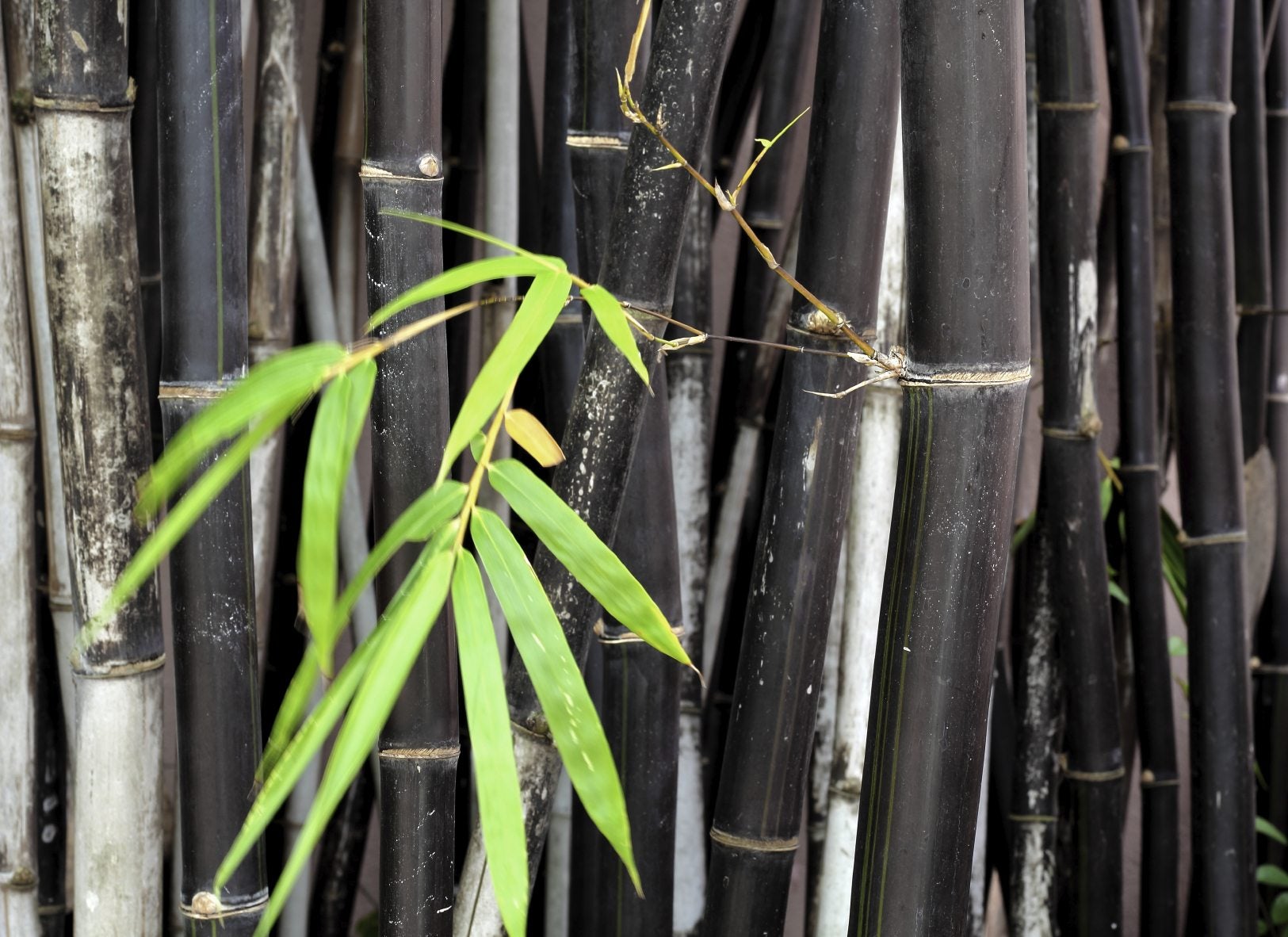

Bamboo has a reputation for being invasive and hard to control, and because of this, gardeners tend to shy away from it. This reputation isn’t unfounded, and you shouldn’t plant bamboo without first doing some research. If you plan accordingly and pay attention to what variety you’re planting, however, bamboo can be a great addition to your garden. Keep reading to learn about different varieties of bamboo.
Bamboo Plant Types
Bamboo can be split into two general types: running and clumping.
Clumping bamboo grows just as the name suggests – in a big clump of grass that mainly grows up and stays put where you’ve planted it. This is the recommended type if you want a well-behaved bamboo stand in your garden that you don’t have to worry about spreading.
Running bamboo, on the other hand, will spread like crazy if not kept in check. It propagates by sending out underground runners, called rhizomes, which send up new shoots elsewhere. These rhizomes can travel more than 100 feet (30 m.) before sprouting, meaning your new bamboo patch may suddenly become your neighbor’s new bamboo patch as well; and then their neighbor’s. It is because of this, you should not plant running bamboo unless you know how to contain it and are willing to keep an eye on it.
You can achieve a containing effect underground by surrounding the bamboo with metal sheeting, concrete, or a store-bought root barrier, buried a minimum of 2 feet (61 cm) below ground and extending a minimum of 4 inches (10 cm) above ground.
Bamboo roots are surprisingly shallow, and this should stop any runners. You should still check on the bamboo regularly, though, to make sure no rhizomes have escaped. Planting your bamboo in a large above-ground container that does not rest on soil is a more foolproof option.
Common Bamboo Varieties
Bamboo is an evergreen grass that has different cold tolerances for different types of bamboo. The varieties of bamboo you can plant outdoors will be dictated by the coldest temperature your area reaches in winter.
Gardening tips, videos, info and more delivered right to your inbox!
Sign up for the Gardening Know How newsletter today and receive a free copy of our e-book "How to Grow Delicious Tomatoes".
Cold-hardy types
Three running bamboo varieties that are very cold hardy include:
- Golden Grove
- Black bamboo
- Kuma bamboo
Two cold hardy clumping bamboo plant types are:
- Chinese Mountain
- Umbrella bamboo
The warmer your climate, the more your options you have for different types of bamboo.
Warm climate types
Clumping bamboo varieties:
- Chinese Goddess
- Hedge bamboo
- Fernleaf
- Silverstripe
Running types include:
- Black bamboo
- Red Margin
- Golden Golden
- Giant Japanese Timber

The only child of a horticulturist and an English teacher, Liz Baessler was destined to become a gardening editor. She has been with Gardening Know how since 2015, and a Senior Editor since 2020. She holds a BA in English from Brandeis University and an MA in English from the University of Geneva, Switzerland. After years of gardening in containers and community garden plots, she finally has a backyard of her own, which she is systematically filling with vegetables and flowers.
-
 Looking For Plants To Give You The Soft And Fuzzies? Try These 5 Fuzzy Leaf Plant Options
Looking For Plants To Give You The Soft And Fuzzies? Try These 5 Fuzzy Leaf Plant OptionsLovers of texture, drama, silver foliage and tactile plants will adore these special sensory garden additions. These fuzzy leaf plant options will leave you all aglow
By Susan Albert
-
 Get Ready For A Summer Of Hummers! Grow These Full Sun Hummingbird Plants and Flowers
Get Ready For A Summer Of Hummers! Grow These Full Sun Hummingbird Plants and FlowersIf you’re lucky enough to enjoy a sunny backyard, make sure you are maxing out on your pollinator opportunities and grow these full sun hummingbird plants and flowers
By Tonya Barnett
-
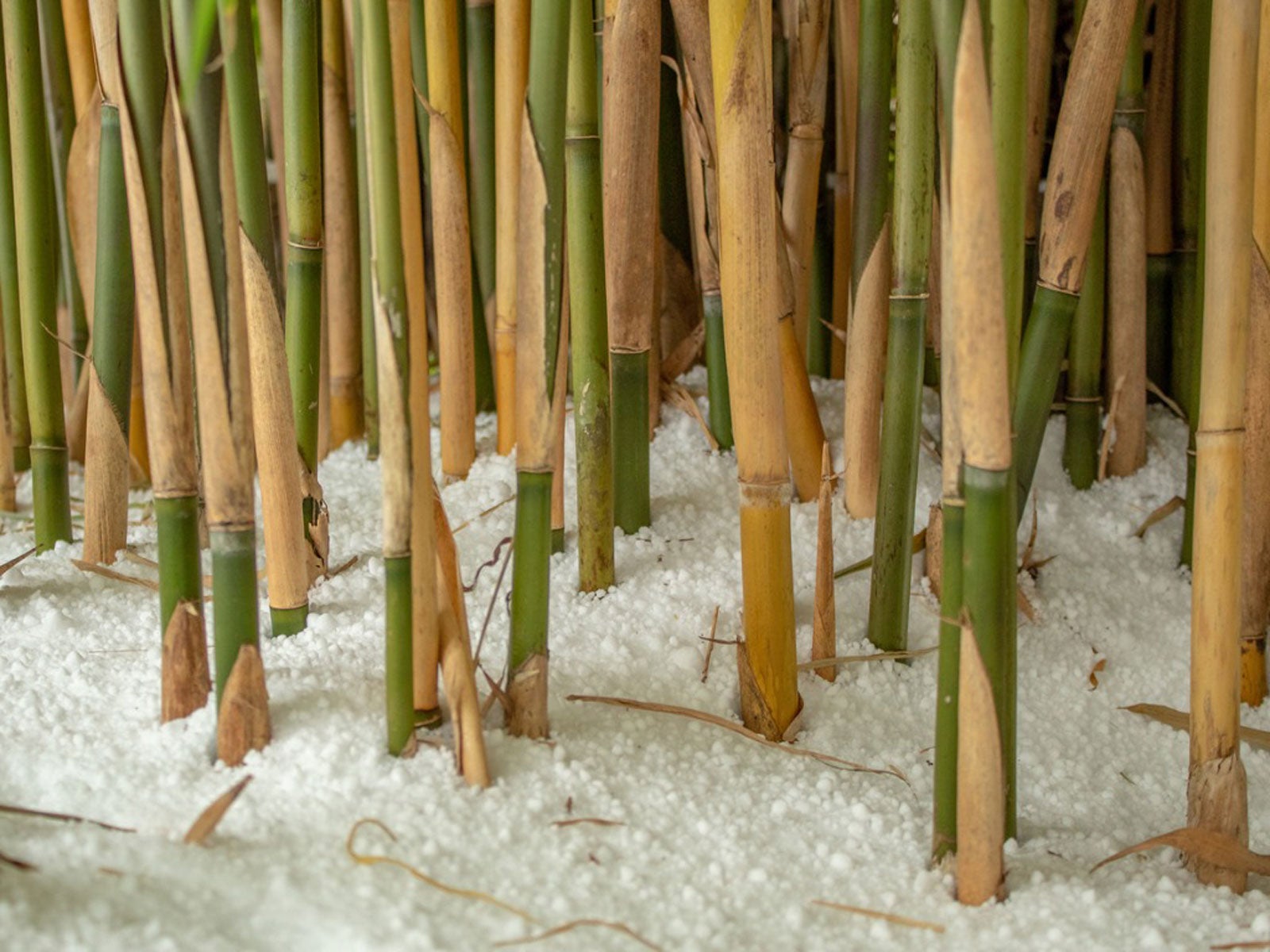 Bamboo Winter Care – How To Winterize Bamboo Plants
Bamboo Winter Care – How To Winterize Bamboo PlantsWinterizing bamboo is important to facilitate continued growth again in spring. Click here to get some tips for your bamboo during winter.
By Becca Badgett
-
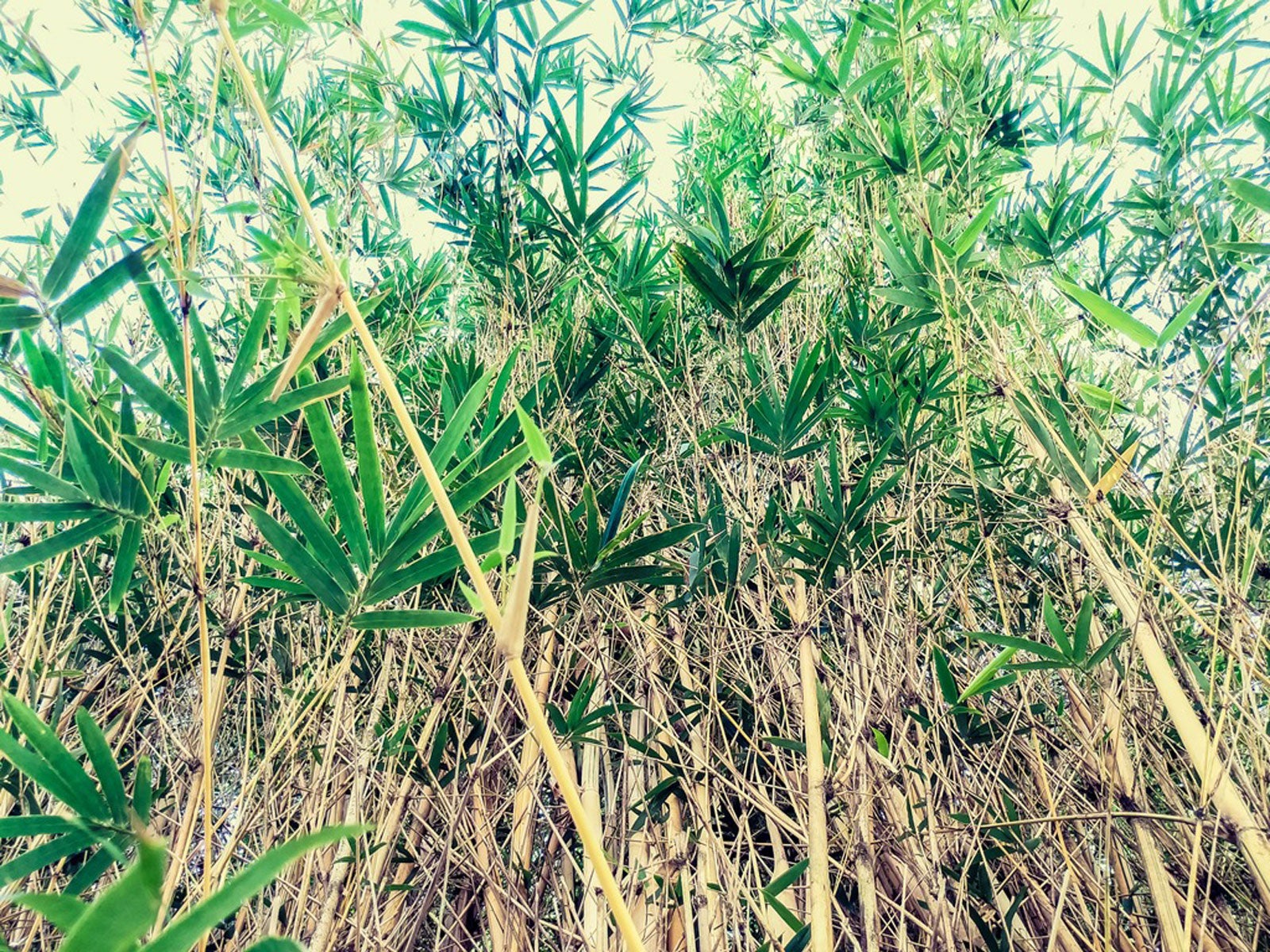 Desert Bamboo Varieties – Growing Bamboo In The Desert
Desert Bamboo Varieties – Growing Bamboo In The DesertGrowing bamboo in the desert or finding one desert climates starts with the right plant selection. Click here for choices that do well in arid climates.
By Becca Badgett
-
 Large Bamboo Division: Learn When To Split Potted Bamboo Plants
Large Bamboo Division: Learn When To Split Potted Bamboo PlantsBamboo plants are wonderful plants to grow in pots. Many varieties are invasive when planted in the ground, so growing them in pots is a great solution, but they will grow pretty quickly and can be a challenge to repot. This article can help with that.
By Raffaele Di Lallo
-
 Bamboo Mite Information – Learn How To Kill Bamboo Spider Mites
Bamboo Mite Information – Learn How To Kill Bamboo Spider MitesWhat are bamboo mites? Native to Japan, bamboo mites are troublesome little pests that feed on bamboo and a few grasses in the bamboo family. Managing bamboo mites isn?t easy, but it?s possible. You can learn more about bamboo mite control in the following article.
By Mary H. Dyer
-
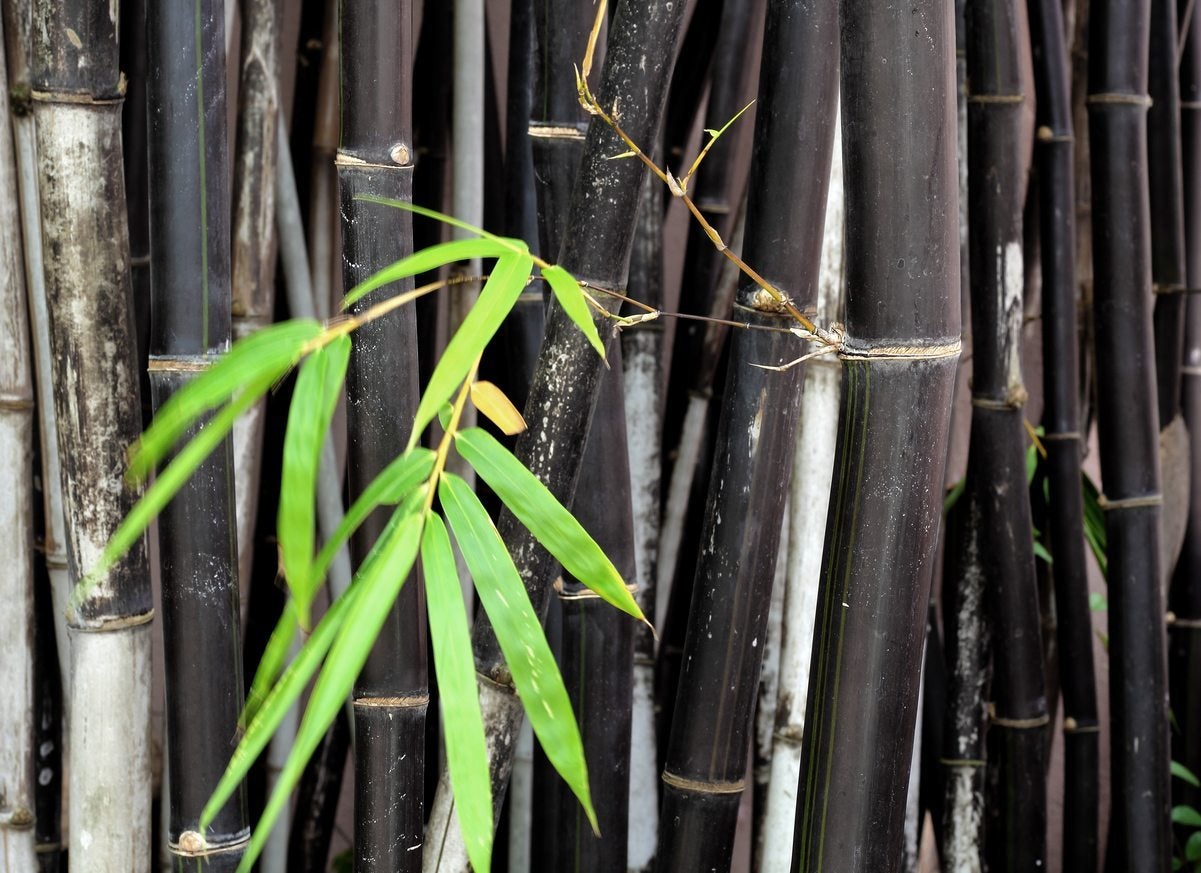 Black Bamboo Info: Tips On Growing Black Bamboo
Black Bamboo Info: Tips On Growing Black BambooWhile bamboo provides the instant gratification of being a fast grower, some varieties of bamboo can become very invasive and grow out of control. Is black bamboo invasive? Click on this article for the answer and learn how to care for black bamboo.
By Shelley Pierce
-
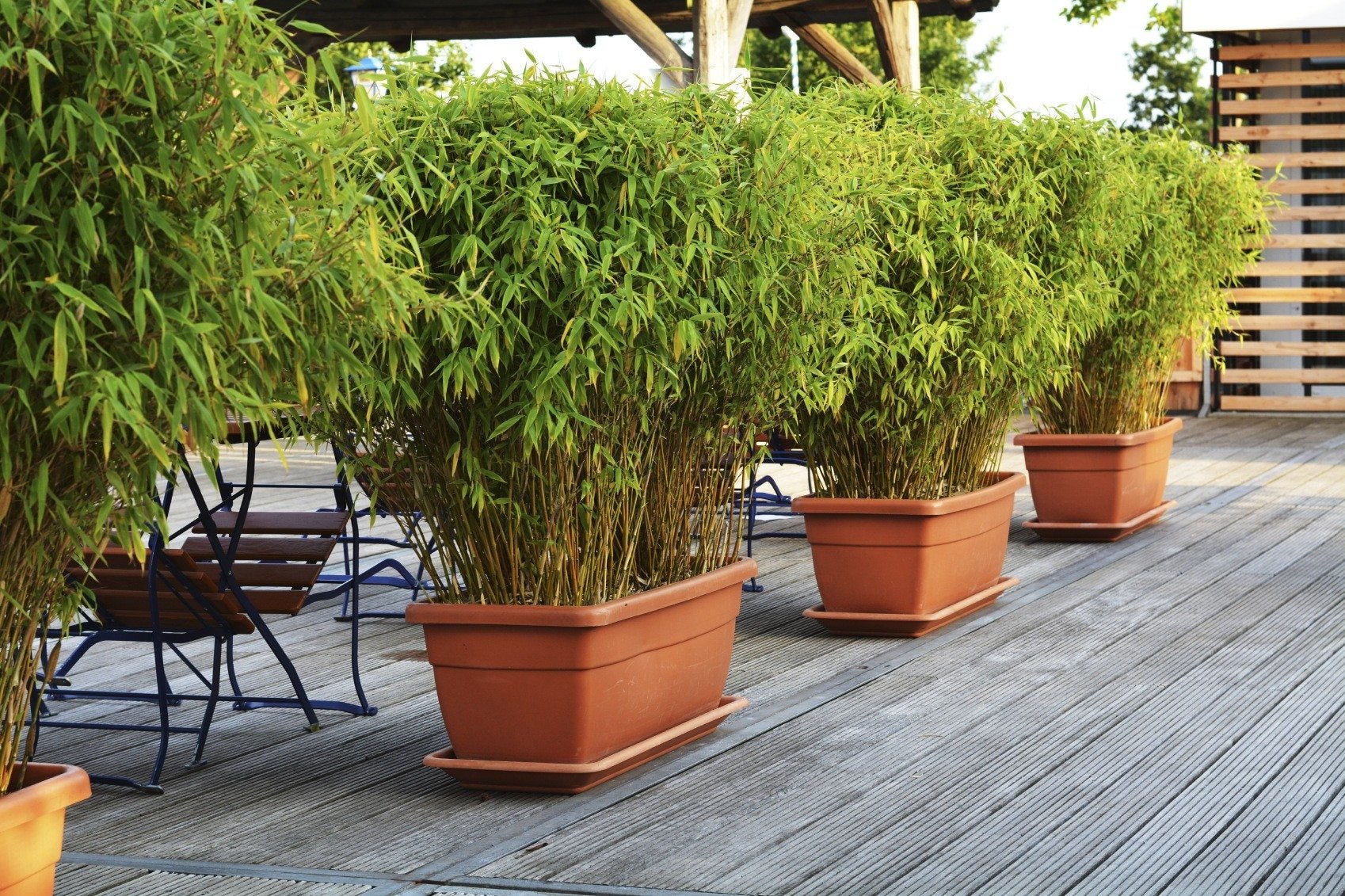 Growing Bamboo In Pots: Can Bamboo Be Grown In Containers
Growing Bamboo In Pots: Can Bamboo Be Grown In ContainersBamboo gets a bad rap. There's one surefire way to prevent their rhizomes from getting all over your yard: growing bamboo in pots. Click this article to learn more about container grown bamboo and caring for bamboo in pots.
By Liz Baessler
-
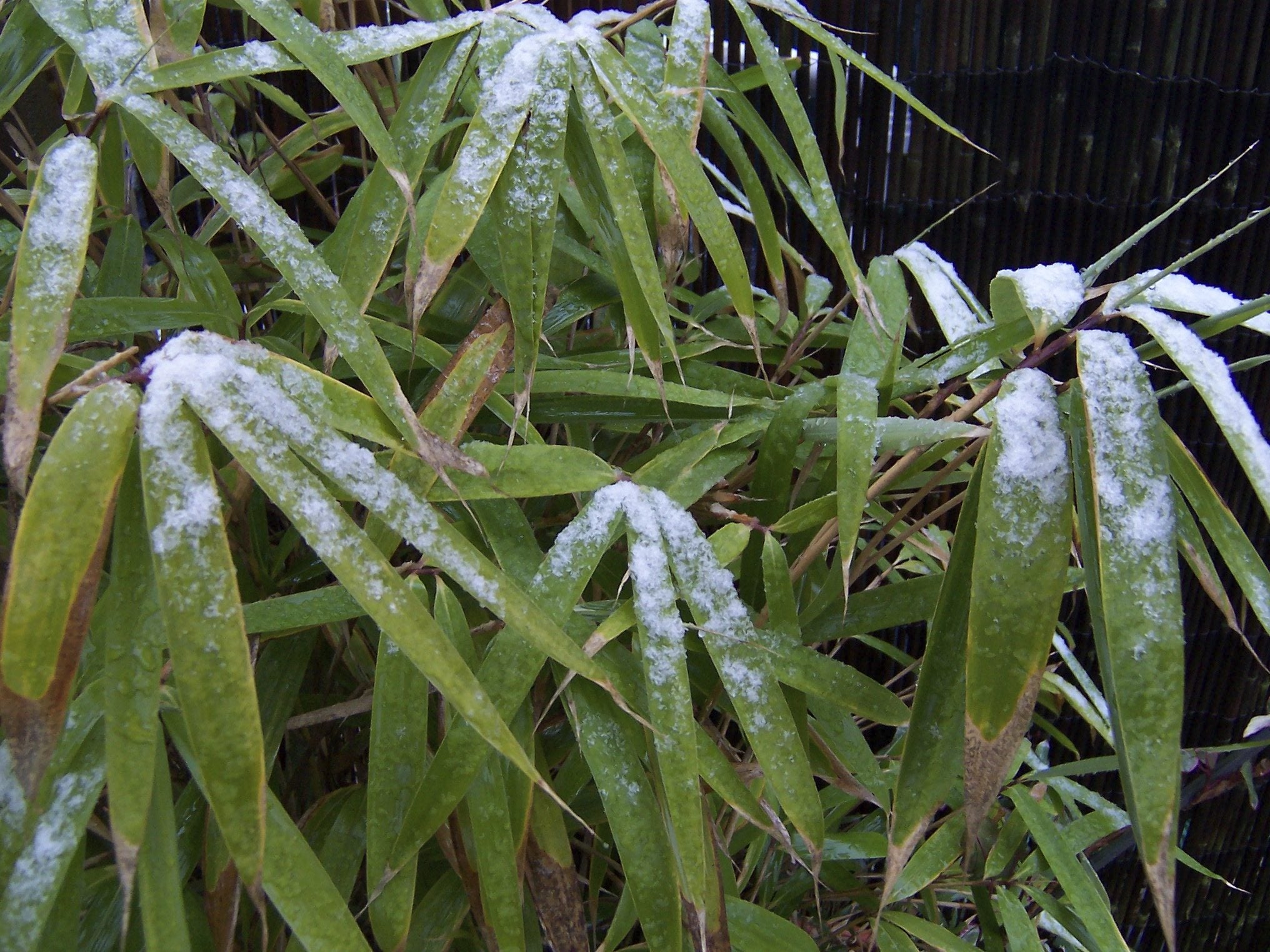 Bamboo With Brown Tips: Reasons Why Bamboo Plant Tips Are Brown
Bamboo With Brown Tips: Reasons Why Bamboo Plant Tips Are BrownMy bamboo is turning brown; is that normal? The answer is - maybe, or maybe not! If you?re noticing your bamboo plant tips are brown, it?s time to do some troubleshooting to determine the cause. This article can help with that.
By Mary H. Dyer
-
 Yellowing Bamboo Leaves: Help For Yellow Bamboo Leaves
Yellowing Bamboo Leaves: Help For Yellow Bamboo LeavesBamboo is a popular ornamental and edible plant. While these plants are generally hardy, when bamboo leaves are yellow, this could signal an issue. Click this article to learn more about why this happens and what can be done about it.
By Karen Boness